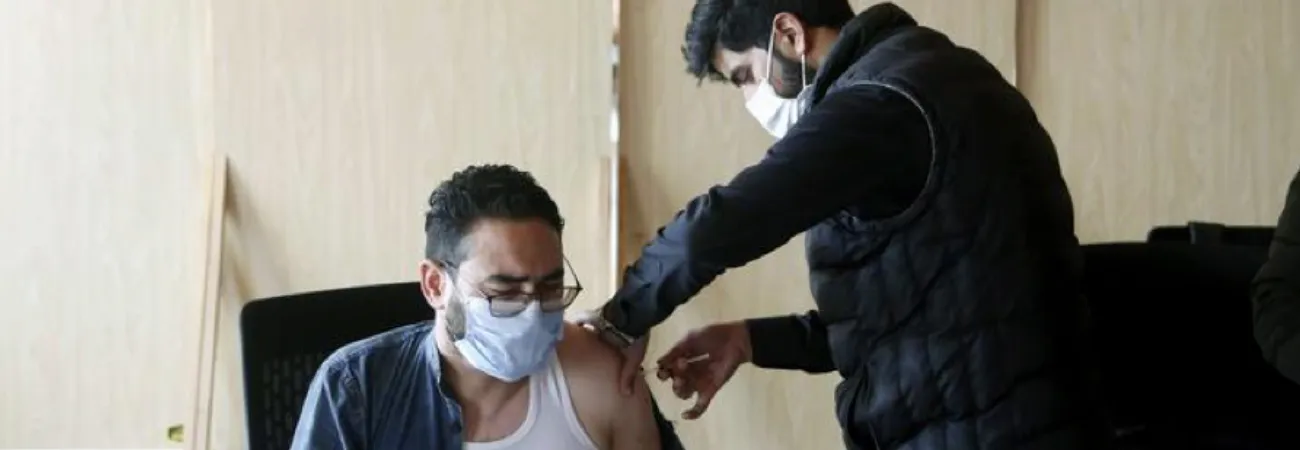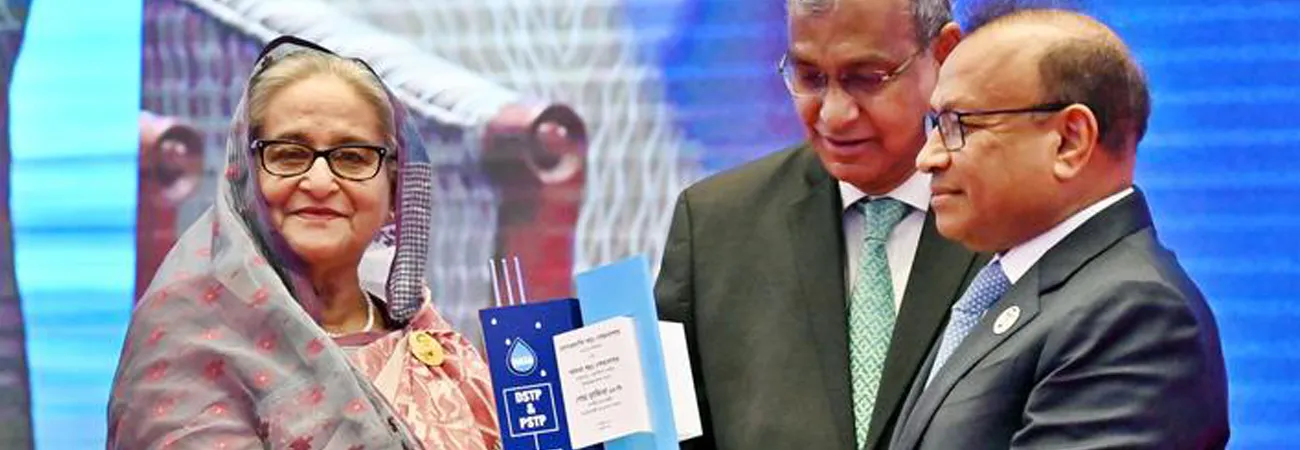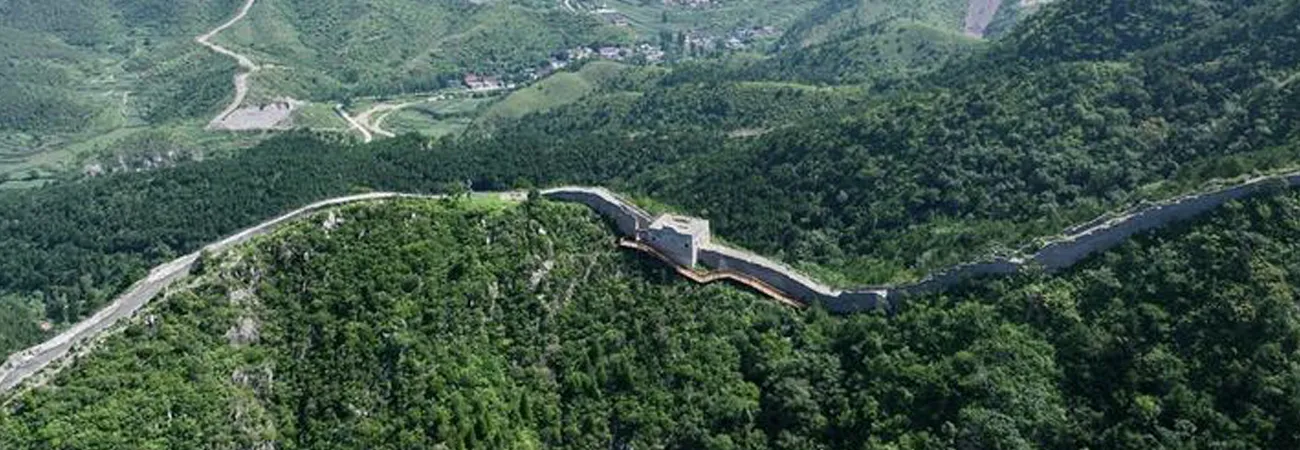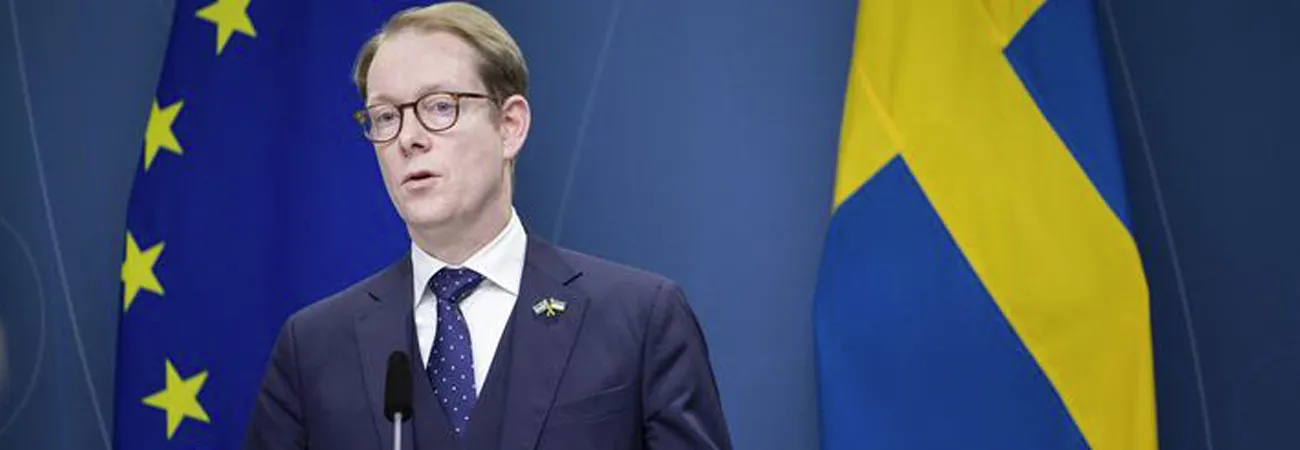XINHUA-PAKISTAN SERVICE
BEIJING, May17 (INP): Almost six years after Chinese President Xi Jinping proposed the Belt and Road Initiative (BRI), the grand vision for promoting common development through better connectivity has been morphing into a solution for speeding up global cooperation for greater prosperity, experts said here on Friday.
But as global enthusiasm for and confidence in the BRI grow, some noises ensue, often with ill intentions to discourage its wide adoption and send misleading messages to nations who seek to benefit from BRI participation. One such message claims that the BRI pushes some countries into a “debt trap.”
According to experts, the situation on the ground, however, has shown that such noises are ill-founded.
Researchers, economists, and policymakers in Africa, a region that has been warned to be wary of a so-called “debt trap” for participating in the BRI, regard such claims as mere negative speculations that seek to undermine the initiative, saying these claims should not be taken seriously.
Firstly, developing countries apparently aspire to improve their dilapidated infrastructure and the BRI meets such needs well.
Taking transport as a key example, Prof. Damian Gabagambi, managing director of Tanzania’s National Development Corporation, said the BRI is highly strategic because transport networks in a country are like blood vessels in a human body.
“If the blood vessels are blocked, the whole body would paralyze. Likewise, without an efficient transport network, the economy paralyzes,” he said.
“Development of transport networks contributes to lower cost of distribution of goods and services among regions and increase in productivity through the availability of access to a diversified set of resources,” he said.
In Kenya, the Chinese-built and funded Nairobi-Mombasa Railway has ferried more than 2.5 million passengers and nearly 3.9 million tons of cargo since its launch in May 2017. In his State of the Nation Address on April 4, Kenyan President Uhuru Kenyatta praised the grand project, saying it has been listed among the top 13 most magnificent railway tours for 2019.
Developing countries need these, and if China is willing to provide support, it should be a welcomed move, Gabagambi said.
“Accusation by some Western countries of China letting some countries fall into a debt trap due to their cooperation on the Belt and Road Initiative is a matter of perception,” he added.
Secondly, the so-called debt trap diplomacy language is highly questionable. In fact, taking Africa for instance, its debts owed to China only make up a small share of the total, and such language was highly likely coined by some Western countries that seek to rein in China’s growing global role.
Zitto Kabwe, an economics analyst in Tanzania, said between 2000 and 2016, Africa owed China US $115 billion which were only 2 percent of loans that Africa owed other foreign countries.
“Why is the world making noise to China with such a minimal amount of debt?” he said.
Noting that blaming China for the BRI is unfair, Gabagambi said: “In my opinion, Western countries are envious of Chinese success in transforming the economies of developing countries in a big way that they and their Bretton Woods institutions have failed to achieve for decades.”
Benard Ayieko, a Kenya-based economist, wrote an article earlier this year, describing the so-called China debt trap rhetoric as “farcical.”
Ayieko said that the saying that Chinese loans are the largest component in the debt matrix of borrowing countries is a misconception. “What Chinese loans have done is to diversify these countries’ loan portfolios to avert any risk associated with over-reliance on one borrower,” he said.
Thirdly, BRI cooperation follows the principle of extensive consultation, joint contribution, and shared benefits, which demonstrates BRI cooperation is based on negotiations among parties and is never unilateral. Hence, the “debt trap” rhetoric is highly unfair.





